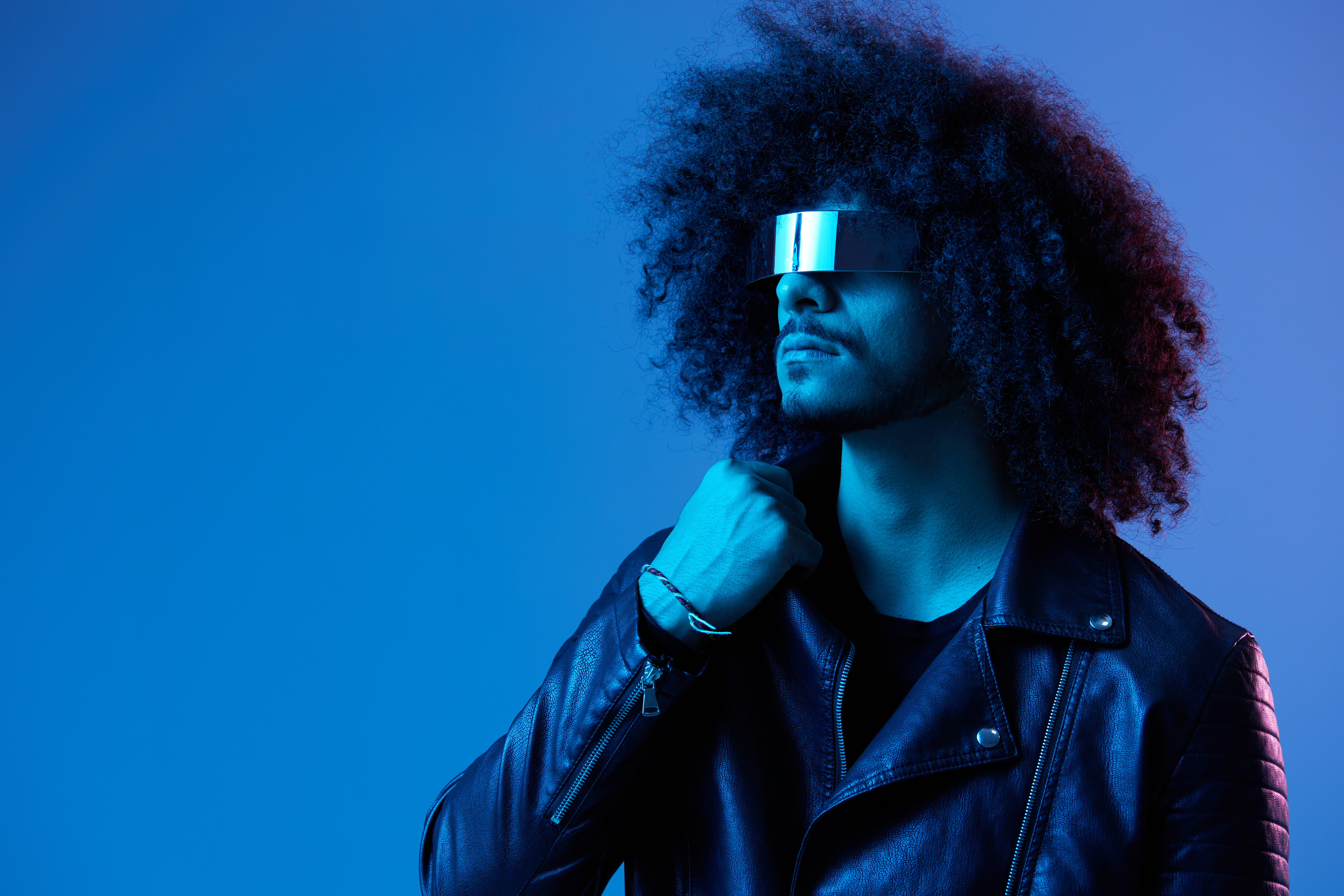The fashion world, known for its constant drive for new ideas and artistic expression, often comes under close examination when it pertains to ethical and environmental concerns. One of the most debated and controversial issues within this industry is the use of animals in cosmetic testing. This widely discussed topic is not straightforward but involves a wide range of legal and ethical aspects. On one hand, animal testing plays a vital role in the development and safety testing of cosmetics, ensuring they meet regulatory standards; however, it also raises profound ethical concerns as it seriously violates the survival rights and well-being of the experimental animals. These ethical dilemmas underscore the complexity of the issue, with far-reaching effects on fashion companies worldwide in a significant way.
Ethical Considerations
As opposed to the Kantian principle which justifies animal testing in the cosmetics industry based on the belief that it serves a greater moral purpose of ensuring consumer safety, Utilitarianism, deems such testing unethical due to the suffering it causes to animals without a corresponding increase in overall happiness. In this moral impasse, the viewpoint often aligns with Kantian perspective, leading to a situation where every year, numerous animals such as rabbits, guinea pigs, mice, and rats endure unimaginable suffering in the name of beauty and personal care product development. These sentient beings become the unwilling subjects of cruel and unnecessary experiments, with substances forcibly administered in ways that cause them severe distress and, often, death. Moreover, according to the NIH, approximately 95% of drugs initially considered safe and effective in animal testing ultimately demonstrate ineffectiveness or pose safety concerns during human trials, thus challenging the efficacy of the entire process.
Beyond its ethical shortcomings, animal testing for cosmetics also faces criticism for its scientific limitations, raising questions about the necessity of such tests when alternative methods are available. Lush, a globally renowned retailer, stands as a pioneering advocate for cruelty-free practices in the cosmetics industry. Through their partnership with XCellR8, they have not only eliminated the need for animal testing in safety assessments but have also played a significant role in advancing alternative testing methods, notably through the development and refinement of cell culture tests. Their dedication to ethical standards is exemplified by the successful completion of 1000 safety tests, firmly establishing their commitment to cruelty-free practices. Some other alternative techniques include advanced examinations using human cells or tissues, computer-based simulations, three-dimensional modelling, biochips, and similar techniques. The OECD promotes the use of such alternative methods to animal testing and encourages the development of international testing guidelines that do not require animal experiments.
Numerous initiatives led by various organizations aim to bring an end to such practices, with one notable example being the #SaveRalph campaign initiated by HSI. This campaign centres around the narrative of Ralph, a rabbit subjected to cosmetics testing, serving as a poignant symbol of the cruelty inherent in animal testing. It underscores Ralph’s suffering as a symbol of the plight faced by countless animals enduring similar circumstances. The #SaveRalph initiative has a global reach, targeting 16 countries and drawing attention to the widespread issue of animal testing in the cosmetics industry.
PETA in its initiatives consistently warns consumers not to solely rely on “not tested on animals” labels, emphasizing that the U.S. Food and Drug Administration does not regulate them. These labels may be used by companies even if the product or its ingredients have undergone animal testing. In response to these fraudulent practices, PETA provides a comprehensive and easily accessible database that lists companies based on their commitment to or avoidance of animal testing. Some notable examples in this database include well-known brands like Elf, Too Faced, Dermalogica, and even the widely acclaimed Rare Beauty as ethical.
Legal considerations
The European Union led the way by initiating the first ban on animal testing for cosmetics products, and India subsequently became the inaugural South Asian nation to enact a similar prohibition, thus taking a significant step towards ending animal testing in the cosmetics manufacturing industry. The main reason behind India being in forefront and a source of inspiration for other nations in ending these cruel and outdated tests was Maneka Gandhi, who in collaboration with PETA joined the global campaign launched by Cruelty Free International as an initial action in this regard. Numerous pharmaceutical and cosmetic companies put forth a compelling argument against the ban, contending that it could compromise the safety of products for humans and impede innovation within the industry. However, these arguments were countered by emphasizing the existence of alternative testing methods that have demonstrated greater efficiency in assessing such cosmetics. As of 2023, approximately 42 countries worldwide have implemented either complete or partial bans on animal testing for cosmetics. This list includes all European Union member states, as well as countries like Australia, India, Israel, Mexico, New Zealand, Norway, and South Korea. The regulatory framework established by the EU has played a pivotal role in shaping legislation in various countries, leading to the enactment of laws such as Israel’s Prohibition of Animal Testing of Cosmetics Law in 2010 and California’s California Cruelty-Free Cosmetics Act in 2018. In India, certain provisions of the Wildlife (Protection) Act, 1972, address offenses related to animal testing. Responding to recommendations from PETA India, the Ministry of Health and Family Welfare has incorporated provisions into its new Cosmetics Rules, 2020. These rules create a distinct and updated regulatory framework covering the testing, manufacturing, sale, storage, exhibition, and importation of cosmetics, thereby ensuring the effective enforcement of the ban on the importation of cosmetics tested on animals.
For companies operating on a global scale, navigating the diverse international standards and regulations related to animal testing poses a significant challenge. Each country or region may have its own unique set of rules and guidelines, adding complexity to compliance efforts.
Legal systems are equipped with mechanisms to enforce these regulations effectively. Companies found in breach of animal testing regulations can face serious consequences, including substantial fines, mandatory product recalls, and other legal penalties. These repercussions are designed to uphold the integrity of the laws and encourage compliance within the industry. Furthermore, consumer protection laws in certain regions place an additional layer of responsibility on companies. These laws mandate that companies provide truthful and accurate information about their products. Misleading claims, such as falsely advertising products as “cruelty-free” when they have undergone animal testing, can lead to legal action, safeguarding the rights and interests of consumers.
What shall cosmetic brands do?
In their pursuit of cruelty-free cosmetic practices, brands should adopt a comprehensive approach which begins with a public commitment to refrain from animal testing for both products and ingredients. Brands must diligently inspect the origins of their cosmetic components, ensuring that these sources echo the values of cruelty-free practices.
Embracing alternative testing methods, such as the use of in vitro and human cell-based assays, becomes not just a choice but a moral imperative. These methods offer accurate safety assessments without imposing the suffering of animals. Achieving certification from recognized cruelty-free organizations such as Leaping Bunny or PETA’s Beauty Without Bunnies, would drastically enhance the transparency and credibility.
Ensuring transparent labelling, characterized by honesty and the absence of misleading claims, is not merely a superficial gesture but a fundamental pillar in a brand’s journey towards upholding cruelty-free practices. This labelling transparency serves as a promise to consumers, signalling the brand’s unwavering commitment to ethical principles. When consumers can trust that the products they purchase align with their values, it fosters a sense of integrity and authenticity.
Moreover, actively supporting legislative initiatives aimed at restricting animal testing is a tangible way for a brand to contribute to meaningful change.
Investment in research and development represents a proactive stance towards innovation in the cosmetics industry. Brands that allocate resources to explore and implement alternative testing methods demonstrate their commitment to finding cruelty-free solutions. These efforts not only contribute to the brand’s own practices but also drive progress across the industry, ultimately reducing the reliance on animal testing.
Regular audits of supply chains ensure that cruelty-free values are upheld, and a well-defined roadmap for phasing out existing animal testing practices exemplifies a brand’s dedication. Ultimately, transparency through open communication about testing policies and progress shines a light on a brand’s resolute dedication to humane and animal-friendly cosmetics.
By enlightening consumers about the ethical considerations surrounding cosmetic testing, brands empower individuals to make informed choices. Educated consumers are more likely to support and prioritize cruelty-free products, thereby driving market demand for ethical practices.
Lastly, forging partnerships with ethical organizations solidifies a brand’s dedication to cruelty-free principles. Through these alliances, brands and organizations can join forces, leveraging shared expertise, resources, and advocacy initiatives to wholly eradicate animal testing from the cosmetics industry.
What shall consumers do?
At the heart of their influence lies the power of purchase. Consumers who consciously opt for cruelty-free products, reinforce their ethical stance with every transaction which presses upon the brands to transform. Vigilantly inspecting product labels to seek out symbols like the Leaping Bunny is crucial. Consumers can proactively take the initiative to thoroughly research and investigate cosmetic brands. This entails delving into a brand’s history, understanding its core values, and gaining insight into its stance on animal testing. To enhance their efforts, consumers can also leverage third-party resources, such as cruelty-free certification organizations. The collective voice of the consumers resonates through advocacy, as they participate in campaigns, sign petitions, and urge companies and governments to embrace cruelty-free regulations. Social media becomes a platform for spreading awareness, sharing brand information, and inspiring others to join the cause. These compelling demand for ethical options would send a resounding message to the cosmetics industry, fostering a future where cosmetic testing on animals becomes obsolete, and cruelty-free practices prevail.
Conclusion
In summary, although there has been significant headway in confronting the legal and ethical challenges associated with animal testing in the fashion industry, it’s imperative to maintain our commitment to progress. The fashion sector should persist in its endeavours to completely phase out animal testing, adopt alternative testing techniques, and advocate for greater transparency in their operations. On the top of that, consumers hold a considerable sway in this transformation, as their informed choices, aligned with their ethical beliefs, can urge companies to prioritize cruelty-free and ethical practices in the realms of beauty and fashion. In the end, a collective dedication to animal welfare and ethical values can pave the way for a fashion industry that is both more compassionate and sustainable.
Author: Shakthi Bharathee


















